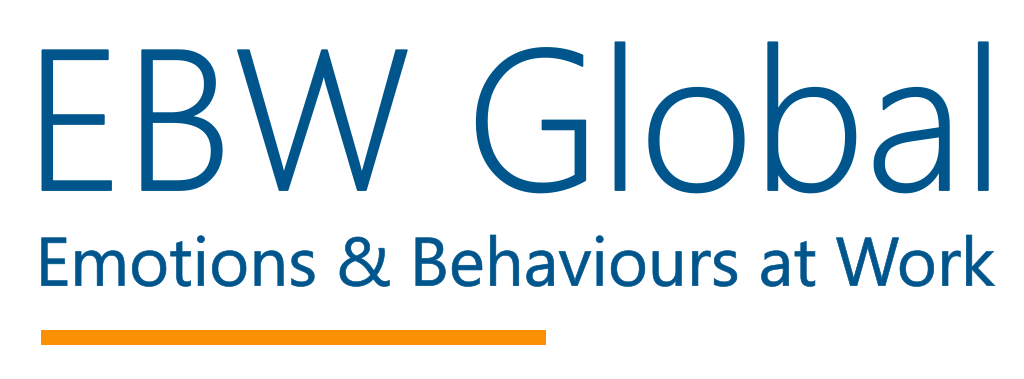Why did Disney invest in EQ to improve customer service?
Most people are not required to appear happy all the time at work.
In the hospitality industry, however, delivering happiness to customers is a must.
But what does it take for employees to appear happy all the time?
Anne Reyers and Jonathan Matusitz tackled this thorny issue of Emotional Labour in the workplace and they focused their research in the ultimate happy place: Disneyland
(Emotional Labour describe the things that service workers do that goes beyond physical or mental duties. Showing a genuine concern for customers' needs, smiling, and making positive eye contact are all critical to a customer's perception of service quality. These types of activities, when they're essential to worker performance, are emotional labour.).
For Walt Disney, the be-all and end-all of Disneyland is to make every customer happy. He saw it as so important that he has all employees undergo training in Disney University about "guestology,” or the study of customers in order to exceed their expectations.
Disney CEO Michael Eisner wrote, "Nothing so visibly defines Disney’s parks as the warmth and commitment of our cast members over the years, and the appreciation that guests feel for the way they are treated.”
Unfortunately for Disney's CEO, Reyers and Matusitz (researchers at the University of Central Florida), have found that it is emotionally exhausting to fake your emotions for an audience.
When you try to appear happy, you manage your facial and voice cues to appear relaxed and accessible to customers.
It is called "surface acting,” and it can be hard work and leads to emotional exhaustion.
Other research also indicated that "buttoning back" anger is the hardest thing to do for Disney employees, and having to keep doing so is a major driver of emotional exhaustion.
Deep acting, or the ability of employees to genuinely feel the emotion they want to show their customers, is the goal that Disney wants for all employees.
Realistically speaking, however, faking it is sometimes the only way to make sure they achieve their goal of making customers happy.
And there are some benefits for employees who fake their emotions. Research shows that if positive emotions (such as smiling at work to improve customer satisfaction) are reciprocated (faked or otherwise) then people feel more positive at work as well.
However faking emotional responses can cause problems not just for the employee in terms of Emotional Labour but also for the customer; especially if the employee does not provide the appropriate emotional response for the culture the customer is from or the employees are working within.
When McDonalds first opened in Moscow, staff were trained to provide a western idea of good service, including smiling at customers. This cultural rule did not exist in Moscow and many customers thought staff were mocking them.
The same issue appeared when Euro-Disney opened in Paris, where it was suggested that many of the guests did not appear to like the positive emotions and smiles provided by staff resulting in the initial poor performance of Euro-Disney.
The EBW View
From the studies on employees of Disney World, Reyers and Matusitz identified two strategies to lessen the emotional exhaustion of faking emotions.
The first, to recruit employees who are well suited to their job; able to manage their emotions and quickly develop their understanding of their emotions and their impact on others, regardless of the culture they are working in.
In other words, recruit for Emotional Intelligence and develop your employee’s Emotional intelligence to understand the emotional drives and culture of your customers.
The experience of McDonalds and Euro-Disney point to the importance of using Emotional Intelligence to help combat the issue of Emotional Labour in global service organisations.
The second strategy is to ensure that your employees’ supervisors (leaders) are also Emotional Intelligent and have autonomy & the resources to deal with workplace demands (E.g. being able to provide incentives for good performance).
The advice from Disney is that other companies need to spend more time hiring the right people, and also make sure those people feel taken care of.
Given the low turnover of employees at Disney World, these two strategies appear to be working. The average attrition rate of hospitality service employees is around 60%; it’s only 12-15% in Disney World.
EBW Global provide Business Emotional Intelligence Assessments, Programmes and Workshops that help you and your teams understand how to use your Business Emotional Intelligence to deal with frequent and challenging interactions with colleagues and customers.
Our programmes focus on operating at a deeper level of attitudes and emotions that underpin behaviour so leaders and teams can improve how they work with colleagues and customers who have different emotional needs and cultural responses.
Our customer service workshops can be found by using these links: Sell With EQ & Boosting Performance Workshops.
Reyers, A. & Matusitz, J. (2012). Emotional regulation at Walt Disney World: An impression management view. Journal of Workplace Behavioral Health 27(3), 139-159.
Discover How Business Emotional Intelligence Transforms Leaders and Teams
If you would you like your leaders and teams to improve their influence and the way they work together, click a button below to see how investing in Business Emotional Intelligence can make a difference or find an EBW Certified Partner to help you.

